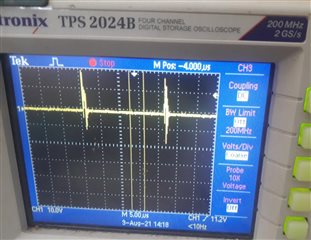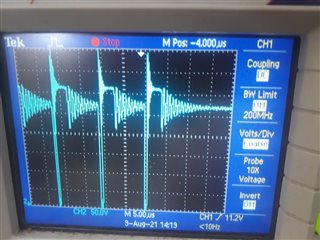Other Parts Discussed in Thread: TL431

Here I have attached a circuit which I have found in your datasheets for UC3845. I have taken same reference without any alteration. I have used UC3845 for this circuit. My desired output is of 15 V and 4 Amp. So I have changed only the value of Rfbu which is 12.51k and Rfbb which is 2.5k. According to datasheets I have used design formula which is mentioned for calculating these resistors value. But the thing is that when I run this circuit in hardware, there are no output voltages. Please suggests me how I can proceed. This is very urgent.




